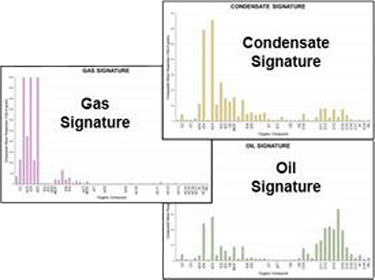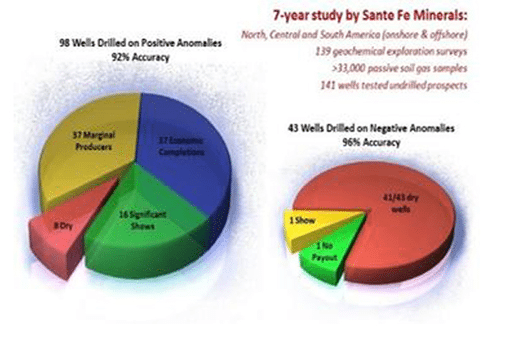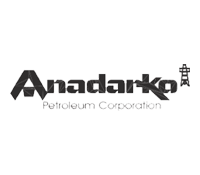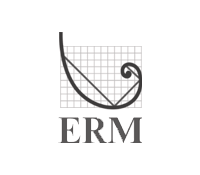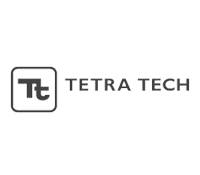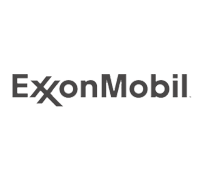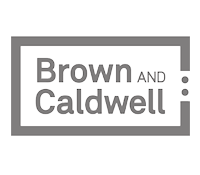Oil & Gas Exploration
AGI Surveys for Oil and Gas Exploration, are used to explore for gas, condensate, and oil hydrocarbons, both onshore and offshore, in all terrains, geographies and climates. AGI’s unique technology has been used in over 70 countries with climates ranging from frozen tundra to dry desert to tropical jungle. It has been used to derisk frontier exploration, maximize production in field development, map hydrocarbon charge in areas with limited seismic clarity such as thick salt sequences, channel sands, or thrust belts, evaluate fields with heavy oil or stacked pay, and define sweet spots with enhanced porosity, pressure and hydrocarbon richness in shale plays.
Proven Results
As published in AAPG Memoir 66 by Santa Fe Minerals, AGI surveys were combined with 3D seismic over a seven year period in North, Central, and South America for both onshore and offshore application. The AGI data correctly predicted 131 of the 141 post-survey wells. Ninety-six percent of the dry wells and ninety-two percent of the producing wells were correctly predicted. By the end of the seven year period, Santa Fe Minerals was able to reduce their exploration costs by approximately 58% !!


